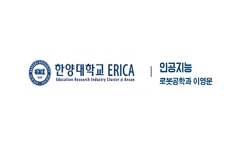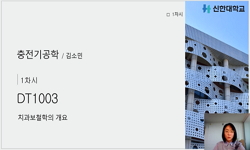<P><B>Abstract</B></P> <P>In this paper, we aim to predict conversion and time-to-conversion of mild cognitive impairment (MCI) patients using multi-modal neuroimaging data and clinical data, via cross-sectional and long...
http://chineseinput.net/에서 pinyin(병음)방식으로 중국어를 변환할 수 있습니다.
변환된 중국어를 복사하여 사용하시면 됩니다.
- 中文 을 입력하시려면 zhongwen을 입력하시고 space를누르시면됩니다.
- 北京 을 입력하시려면 beijing을 입력하시고 space를 누르시면 됩니다.


Conversion and time-to-conversion predictions of mild cognitive impairment using low-rank affinity pursuit denoising and matrix completion
한글로보기https://www.riss.kr/link?id=A107454316
- 저자
- 발행기관
- 학술지명
- 권호사항
-
발행연도
2018
-
작성언어
-
- 주제어
-
등재정보
SCOPUS,SCIE
-
자료형태
학술저널
-
수록면
68-82(15쪽)
- 제공처
-
0
상세조회 -
0
다운로드
부가정보
다국어 초록 (Multilingual Abstract)
<P><B>Abstract</B></P> <P>In this paper, we aim to predict conversion and time-to-conversion of mild cognitive impairment (MCI) patients using multi-modal neuroimaging data and clinical data, via cross-sectional and longitudinal studies. However, such data are often heterogeneous, high-dimensional, noisy, and incomplete. We thus propose a framework that includes sparse feature selection, low-rank affinity pursuit denoising (LRAD), and low-rank matrix completion (LRMC) in this study. Specifically, we first use sparse linear regressions to remove unrelated features. Then, considering the heterogeneity of the MCI data, which can be assumed as a union of multiple subspaces, we propose to use a low rank subspace method (i.e., LRAD) to denoise the data. Finally, we employ LRMC algorithm with three data fitting terms and one inequality constraint for joint conversion and time-to-conversion predictions. Our framework aims to answer a very important but yet rarely explored question in AD study, i.e., when will the MCI convert to AD? This is different from survival analysis, which provides the probabilities of conversion at different time points that are mainly used for global analysis, while our time-to-conversion prediction is for each individual subject. Evaluations using the ADNI dataset indicate that our method outperforms conventional LRMC and other state-of-the-art methods. Our method achieves a maximal pMCI classification accuracy of 84% and time prediction correlation of 0.665.</P> <P><B>Highlights</B></P> <P> <UL> <LI> Longitudinal MRI, PET and cognitive data are used jointly for pMCI prediction. </LI> <LI> MCI subjects exhibit biological heterogeneity, and the data are incomplete and noisy. </LI> <LI> Low rank affinity-pursuit denoising is used to denoise incomplete heterogeneous data. </LI> <LI> Label and conversion time are predicted jointly using low rank matrix completion. </LI> <LI> Best pMCI classification acc. is 84%, conversion time prediction correlation is 0.67. </LI> </UL> </P> <P><B>Graphical abstract</B></P> <P>[DISPLAY OMISSION]</P>




 ScienceON
ScienceON






